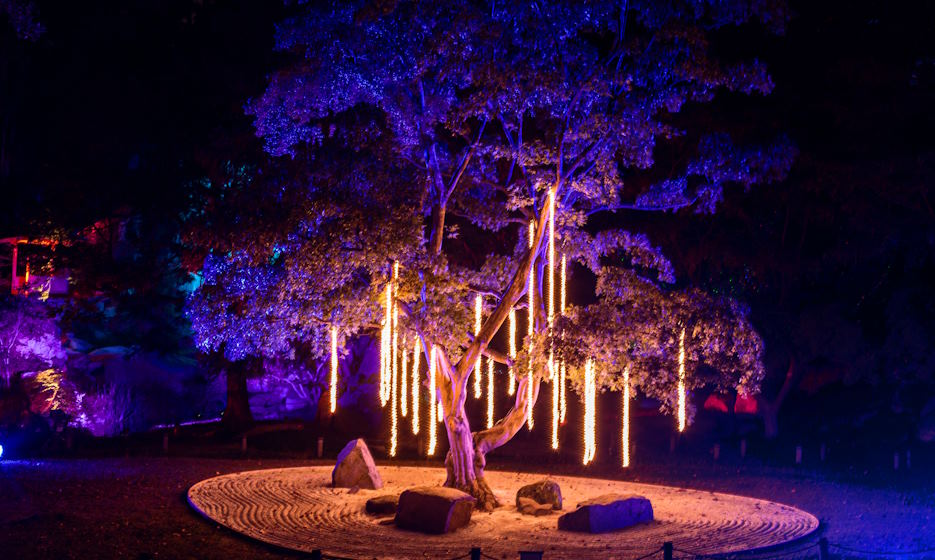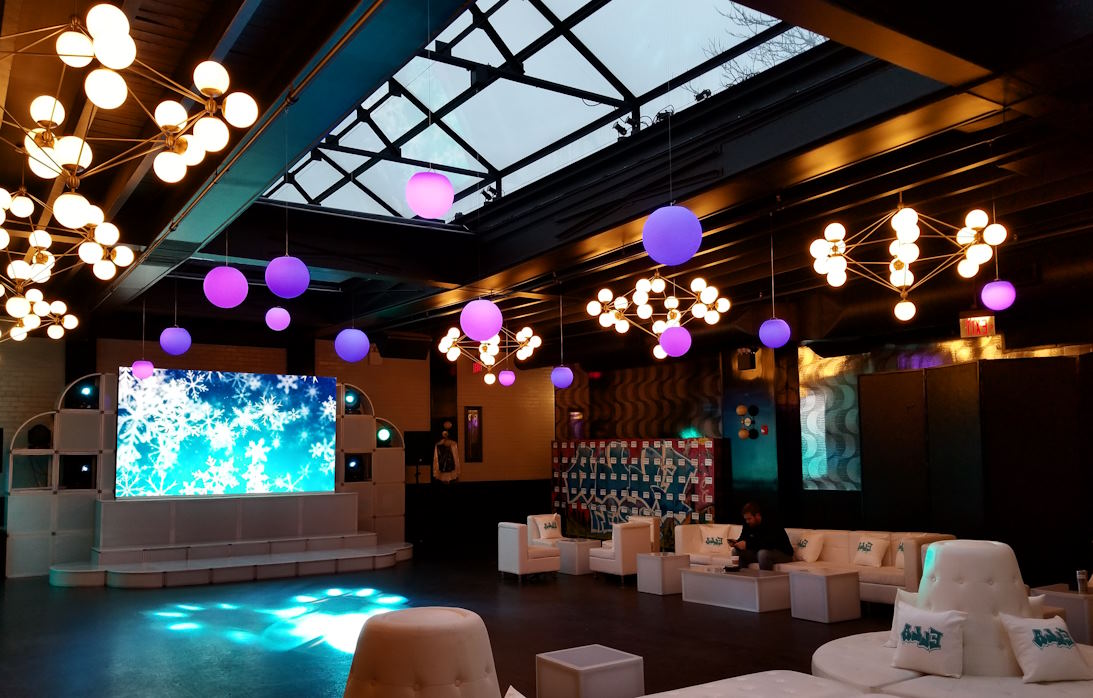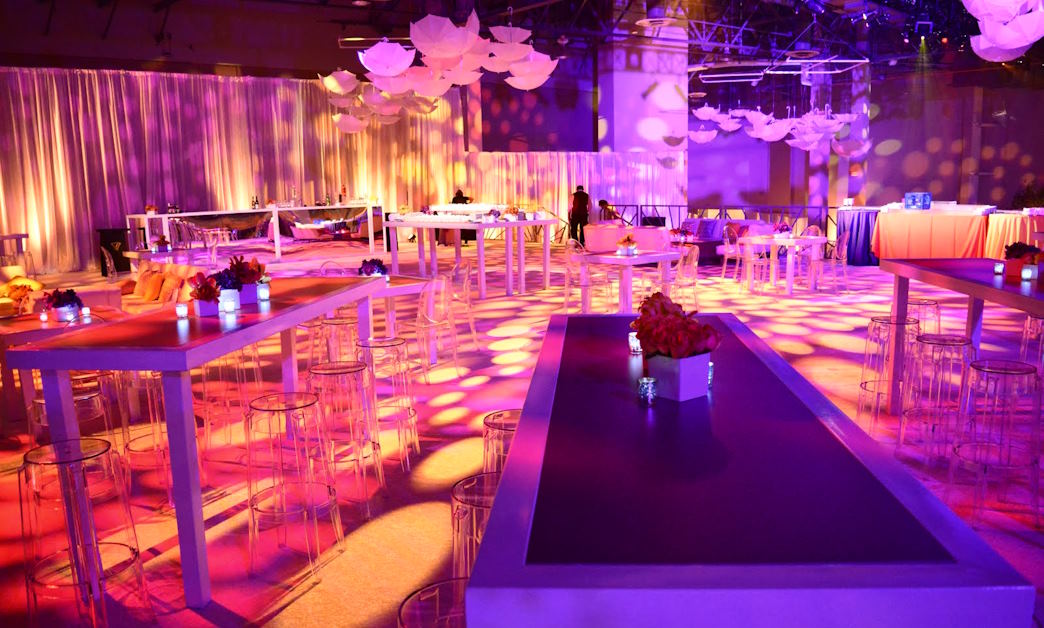In the tapestry of event orchestration, each thread contributes to the overall masterpiece, and none weaves a more captivating narrative than the artful use of lighting. Beyond its functional role, lighting has evolved into a dynamic force that can redefine the very essence of a space, eliciting emotions, guiding attention, and immersing attendees in a carefully curated atmosphere.
Impact of Lighting on Event Spaces: Aesthetic Marvels and Emotional Resonance
Enhancing Aesthetics and Visual Appeal:
One of the most enchanting facets of event lighting lies in its ability to redefine aesthetics and elevate the visual appeal of a space. Through the strategic use of lighting, designers can skillfully craft focal points that draw attention and create a dynamic interplay of light and shadow. Whether it’s casting a spotlight on a key element or subtly illuminating a cherished object, strategic lighting transforms ordinary spaces into captivating environments. Additionally, the judicious use of lighting can breathe life into architectural features, turning mere structures into works of art. From highlighting the intricate details of a venue’s design to accentuating its grandeur, lighting becomes a brushstroke that paints the canvas of an event with elegance and sophistication.

Influencing Emotional Responses:
Beyond its aesthetic prowess, event lighting possesses a remarkable ability to influence the emotional landscape of a gathering. By carefully curating the color temperature and intensity of light, designers can create a warm and inviting ambiance that envelops attendees in a sense of comfort and welcome. Furthermore, lighting becomes a powerful tool for evoking specific emotions, whether it’s the romantic glow of a wedding, the energetic hues of a lively concert, or the serene tones of a corporate gathering. The emotional resonance crafted through lighting design adds a layer of depth to the event experience, leaving a lasting impression on participants and fostering a connection that extends beyond the visual spectacle. In the hands of skilled designers, event lighting becomes a conduit for emotional storytelling, turning each event into a unique and unforgettable narrative.
Lighting Design Techniques: Crafting Ambiance Through Layers and Colors
Layered Lighting Approach:
Mastering the art of lighting design goes beyond the mere placement of fixtures—it involves a thoughtful and strategic layered approach. The trifecta of ambient, accent, and task lighting forms the backbone of this technique. Balancing these layers creates a harmonious interplay of light, addressing both functional needs and aesthetic aspirations. Ambient lighting provides a foundational glow, accent lighting draws attention to focal points, and task lighting caters to specific activities. This synergy transforms spaces, ensuring a dynamic and visually appealing environment where every corner is considered.

Color Theory in Lighting Design:
The palette of colors woven into an event’s lighting design holds the key to conveying themes and setting moods. Each hue carries its own emotional resonance, and skilled designers leverage this to curate experiences. Warm tones infuse events with intimacy and sophistication, while cooler shades evoke a sense of calm or excitement. The strategic blending of colors creates a visual symphony that complements the event’s essence. Whether it’s a corporate gala or a whimsical wedding, the mastery of color theory allows designers to paint with light, translating the event’s narrative into a vibrant visual spectacle.
Dynamic Lighting Effects:
In the realm of lighting design, dynamism takes center stage through the incorporation of moving lights and patterns. Dynamic lighting effects inject life and energy into the environment, fostering an immersive experience. Moving lights, with their fluid motion, add a sense of excitement and drama, while carefully choreographed patterns create mesmerizing visual textures. This technique transcends static illumination, turning spaces into dynamic canvases where light becomes a living element, responding and adapting to the unfolding event. The integration of dynamic lighting effects elevates the overall sensory impact, ensuring that the event is not just seen but felt, leaving a lasting impression on every attendee.



